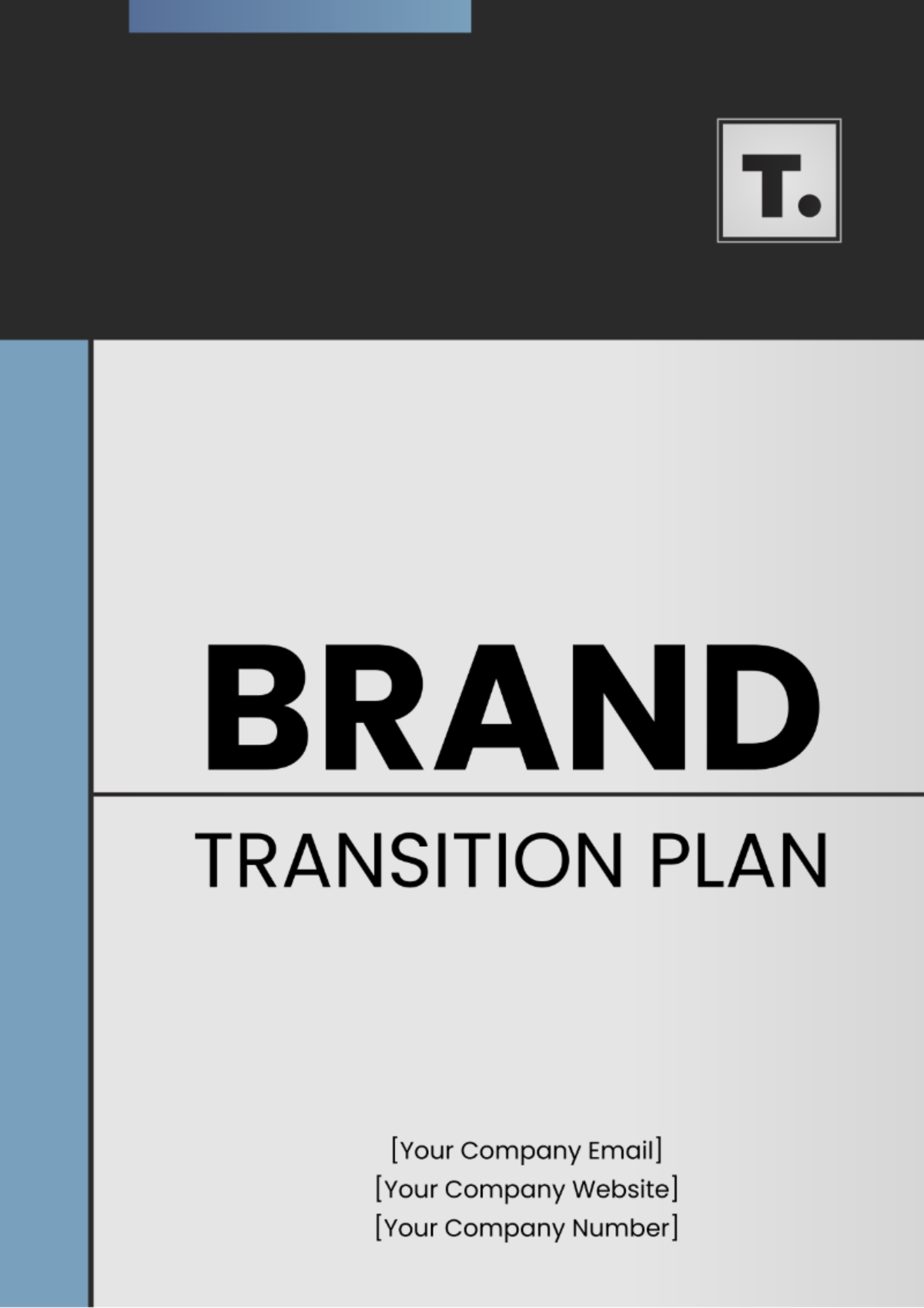Project Transition Plan
Written by: [Your Name]
I. Executive Summary
This Transition Plan serves as a blueprint for the smooth transition of the project from its developmental phase to the deployment or implementation phase. It meticulously delineates essential activities, precise timelines, allocated resources, and clearly defined responsibilities to orchestrate a seamless transition process.
II. Project Overview
A. Project Background
The project, dubbed "SmartHealth," is designed to revolutionize healthcare accessibility by leveraging advanced AI technologies. Its primary objective is to streamline patient care processes and optimize medical resource allocation. Initiated on January 1, 2053, the project has undergone rigorous development and is poised for deployment..
B. Key Stakeholders
Project Manager: [Your Name]
Development Team Lead: [Development Team Lead Name]
Deployment Team Lead: [Deployment Team Lead Name]
III. Transition Objectives
Comprehensive Completion and Documentation of Development Tasks:
Execute a meticulous review of all development tasks to ensure nothing is overlooked or incomplete.
Document every aspect of the development process, including code, configurations, and any customizations made, to provide a reference for future maintenance and troubleshooting.
Methodical Preparation of Deployment Environment:
Assess the deployment environment thoroughly to identify any necessary configurations or adjustments required for successful implementation.
Ensure that all hardware, software, and network components are configured according to specifications and are ready to support the deployed solution effectively.
Knowledge Transfer from Development to Deployment Team:
Organize structured sessions, workshops, or documentation to transfer critical knowledge from the development team to the deployment team.
Foster open communication channels to address any questions, concerns, or uncertainties the deployment team may have regarding the solution's architecture, functionalities, or operation.
Minimization of Downtime and Mitigation of Risks:
Develop a detailed plan for transitioning from the development environment to the production environment, with a focus on minimizing disruptions to ongoing operations.
Identify potential risks and develop strategies to mitigate them, including contingency plans for unexpected issues that may arise during the transition.
Conduct thorough testing and validation procedures to ensure the deployed solution meets performance, reliability, and security standards before going live.
IV. Transition Schedule
Task | Description | Responsible | Start Date | End Date |
|---|---|---|---|---|
Development Completion | Finalize all development tasks, code review, and testing. | Dev Team Lead | [Start Date] | [End Date] |
Deployment Environment Setup | Configure and prepare the deployment environment. | Dep. Team Lead | [Start Date] | [End Date] |
User Training | Conduct training sessions for end-users. | Training Coord. | [Start Date] | [End Date] |
Final Deployment | Deploy the project to the live environment. | Dep. Team Lead | [Start Date] | [End Date] |
V. Risk Management
A. Potential Risks
Technical issues during deployment: The possibility of encountering technical glitches or system failures during the deployment phase could disrupt the transition process and impact operational efficiency.
Insufficient user training and support: Inadequate training and support for end-users may lead to resistance to change, inefficiencies in system utilization, and decreased productivity post-implementation.
Data migration issues: Challenges related to data migration, such as data loss, integrity issues, or compatibility issues between systems, could hinder the successful transition of data from the development environment to the live environment.
B. Risk Mitigation Strategies
Perform a thorough testing phase before deployment: Conduct comprehensive testing, including system integration testing, user acceptance testing, and performance testing, to identify and address any technical issues or vulnerabilities before deploying the solution live.
Provide comprehensive training and support to users: Develop and deliver tailored training programs to equip end-users with the necessary skills and knowledge to effectively utilize the new system. Additionally, establish ongoing support channels, such as help desks or user forums, to address user queries and issues post-implementation.
Plan for data migration with backup and recovery options: Develop a detailed data migration plan that includes backup and recovery procedures to mitigate the risk of data loss or corruption during the migration process. Test data migration processes in a controlled environment to identify and resolve any potential issues prior to deployment.
VI. Resource Requirements
To successfully transition the project to deployment, the following resources are required:
Category | Description |
|---|---|
Personnel | Development Team, Deployment Team, Training Coordinator |
Tools | Deployment software, Testing tools, Training materials |
Budget | Estimated budget of [Budget Amount] for resources and contingencies |
VII. Communication Plan
An effective communication plan is crucial for the transition process. The following methods will be used:
Regular stakeholder meetings: To update progress and gather feedback.
Email updates: For key team members to share important information.
Project management tools: Such as Trello or Asana, for real-time progress tracking and collaboration.
VIII. Approval and Sign-off
Role | Person | Signature | Date |
|---|---|---|---|
Project Manager | [Your Name] |
| [Date Signed] |
Development Team | [Team Name] |
| [Date Signed] |
Deployment Team | [Team Name] |
| [Date Signed] |
















































